The NVIDIA GeForce GTX 980 Ti Review
by Ryan Smith on May 31, 2015 6:00 PM ESTMeet The GeForce GTX 980 Ti
Like the rest of NVIDIA’s high-end cards in this generation, the reference GeForce GTX 980 Ti is launching with NVIDIA’s standard metal cooler. This design has served NVIDIA well since the launch of the GTX Titan in 2013 and continues to be the blower design to beat the high end, easily handling the 250W TDP of NVIDIA’s high-end cards without generating a ton of noise in the process.
As with so many other aspects of the GTX 980 Ti, the GTX 980 Ti’s cooler and build is a near-copy of the GTX Titan X. The only difference in the cooler is the paint job; GTX Titan X got a unique black paint job, while GTX 980 Ti gets the more standard bare aluminum finish with black lettering and a black-tinted polycarbonate window.
Otherwise there’s very little to be said about the GTX 980 Ti’s design that hasn’t been said before, so we’ll just recap what we said about the cooler design from our review of the GTX Titan X.
For GTX 980 Ti, NVIDIA has opted to leave well enough alone, having made virtually no changes to the shroud or cooling apparatus. And truth be told it’s hard to fault NVIDIA right now, as this design remains the gold (well, aluminum) standard for a blower. Looks aside, after years of blowers that rattled, or were too loud, or didn’t cool discrete components very well, NVIDIA is sitting on a very solid design that I’m not really sure how anyone would top (but I’d love to see them try).
In any case, our favorite metal shroud is back once again. Composed of a cast aluminum housing and held together using a combination of rivets and screws, it’s as physically solid a shroud as we’ve ever seen. The card measures 10.5” long overall, which at this point is NVIDIA’s standard size for high-end GTX cards.
Drilling down we have the card’s primary cooling apparatus, composed of a nickel-tipped wedge-shaped heatsink and ringed radial fan. The heatsink itself is attached to the GPU via a copper vapor chamber, something that has been exclusive to NVIDIA’s 250W cards and provides the best possible heat transfer between the GPU and heatsink. Meanwhile the rest of the card is covered with a black aluminum baseplate, providing basic heatsink functionality for the VRMs and other components while also protecting them.
Finally at the bottom of the stack we have the card itself, complete with the GM200 GPU, VRAM chips, and various discrete components. The GM200 PCB places the GPU and VRAM chips towards the front of the card, while the VRMs and other discrete components occupy the back. As with the GTX Titan X, GTX 980 Ti features NVIDIA’s reworked component placement to improve airflow to the discrete components and reduce temperatures, along with employing molded inductors.
NVIDIA once again employs a 6+2 phase VRM design, with 6 phases for the GPU and another 2 for the VRAM. This means that GTX 980 Ti has a bit of power delivery headroom – NVIDIA allows the power limit to be increased by 10% to 275W – but hardcore overclockers will find that there isn’t an extreme amount of additional headroom to play with. Based on our sample the actual shipping voltage at the max boost clock is a bit higher than GTX Titan X, coming in at 1.187v, so in non-TDP constrained scenarios there is some additional headroom through overvolting, up to 1.23v in the case of our sample.
In terms of overall design, unlike GTX Titan X and its 24 VRAM chips, for the GTX 980 Ti NVIDIA only needs to use 12 VRAM chips to get the card’s 6GB of VRAM, so all of the VRAM is located at the front of the card. Halving the RAM capacity simplifies the card a bit – there are now no critical components on the back – and it brings down the total VRAM power consumption slightly. However despite this, NVIDIA has not brought back the backplate from the GTX 980, having removed it on the GTX Titan X due to the VRAM chips it placed on the rear.
Moving on, in accordance with GTX 980 Ti’s 250W TDP and the reuse of the metal cooler, power delivery for the GTX 980 Ti is identical to its predecessors. This means a 6-pin and an 8-pin power connector at the top of the card, to provide up to 225W, with the final 75W coming from the PCIe slot.
Meanwhile display I/O follows the same configuration we’ve seen on the rest of the high-end GTX 900 series. This is 1x DL-DVI-I, 3x DisplayPort 1.2, and 1x HDMI 2.0, with a total limit of 4 displays. In the case of GTX 980 Ti the DVI port is somewhat antiquated at this point – the card is generally overpowered for the relatively low maximum resolutions of DL-DVI – but on the other hand the HDMI 2.0 port is actually going to be of some value here since it means GTX 980 Ti can drive a 4K TV. Meanwhile if you have money to spare and need to drive more than a single 4K display, GTX 980 Ti also features a pair of SLI connectors for even more power.
Finally, taking a look at the long term, I wanted to quickly hit upon the subject of the VRAM capacity difference between the GTX 980 Ti and the GTX Titan X. Essentially NVIDIA’s only remaining selling point for the GTX Titan X, the Titan will remain their only 12GB card for some time to come. For NVIDIA this means that they can pitch the GTX Titan X as a more future-proof card than the GTX 980 Ti, as it would be hard-pressed to run out of VRAM.
The question for the moment then is whether 12GB is worth a higher premium, let alone the GTX Titan X’s $350 premium. The original GTX Titan by comparison was fortunate enough to come out with 6GB right before the current-generation consoles launched, and with them their 8GB memory configurations. This lead to a rather sudden jump in VRAM requirements in games that the GTX Titan was well positioned to handle, whereas GTX 780 Ti and its 3GB of VRAM can struggle in the very latest games at 4K resolutions. Much like 6GB in 2013, 12GB is overkill in 2015, all the while 6GB is a more practical amount for a 384-bit card at this time.
But to answer the question at hand, unlike the original GTX Titan, I suspect 12GB will remain overkill for a much longer period of time, especially without a significant technology bump like the consoles to drive up VRAM requirements. And consequently I don’t expect GTX 980 Ti to have any real issues with VRAM capacity in games over the next couple of years, making it better off than the GTX 780 Ti, relatively speaking.


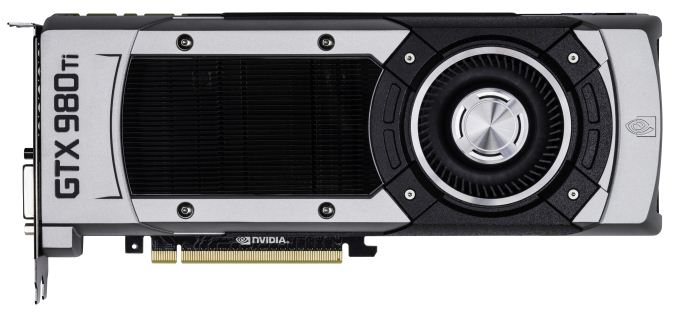
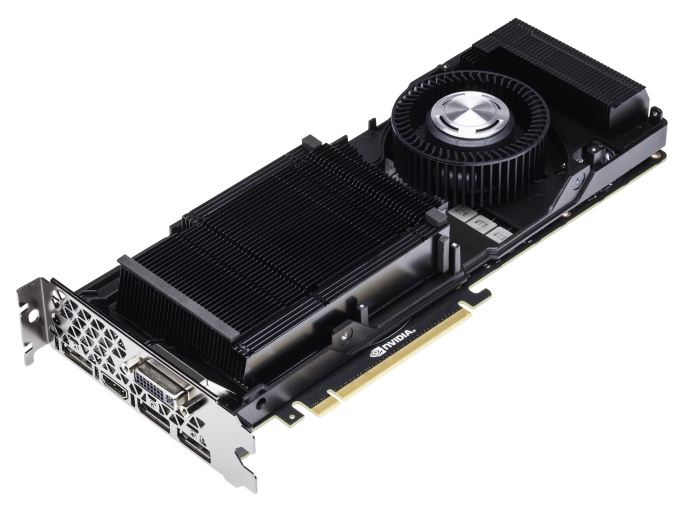
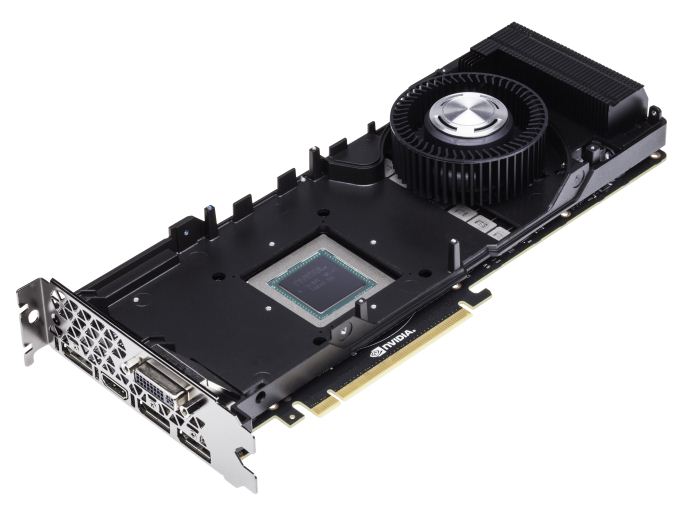
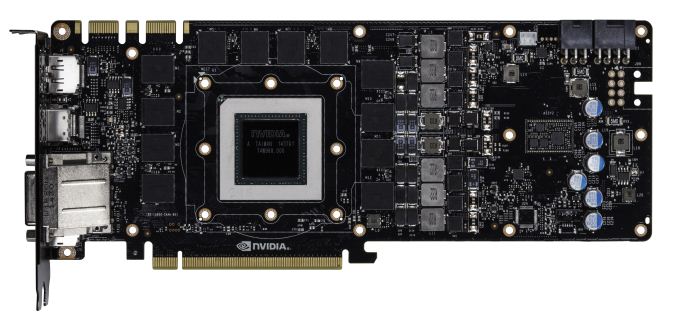

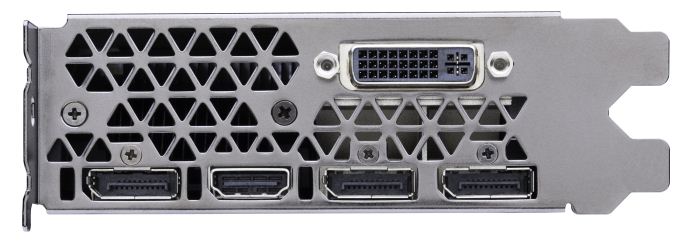








290 Comments
View All Comments
xenol - Monday, June 1, 2015 - link
Transistor count means nothing. The GTX 780 Ti has 2.8 billion transistors. The GTX 980 has around 2 billion transistors, and yet the GTX 980 can dance with the GTX 780 Ti in performance.As the saying goes... it's not the size that matters, only how you use it.
Niabureth - Monday, June 1, 2015 - link
Don't want to sound like a messer schmitt but thats 2,8K cuda cores for GK110, and 2K for the GM204. The GK110 has 7.1 billion transistors.jman9295 - Tuesday, June 2, 2015 - link
In this very article they list the transistor count of those two cards in a giant graph. The 980 has 5.2 billion transistors and the 780ti 7.1 billion. Still, your point is the same, they got more performance out of less transistors on the same manufacturing node. All 28nm means is how small the gap is between identical components, in this case the CUDA cores. Each Maxwell CUDA is clearly more efficient than each Kepler. Also helping is the double VRAM size which probably allowed them to also double the ROP count which greatly improved transistor efficiency and performance.Mithan - Sunday, May 31, 2015 - link
It matters because we are close to .16/20nm GPU's, which will destroy these.dragonsqrrl - Sunday, May 31, 2015 - link
"we are close to .16/20nm GPU's"People said the same thing when the 750Ti launched. I'll give give you one thing, we are closer than we were, but we are not "close".
Kevin G - Monday, June 1, 2015 - link
The difference now is that there are actually 20 nm products on the market today, just none of them are GPUs. It seems that without FinFET, 20 nm looks to be optimal only for mobile.felicityc - Tuesday, January 11, 2022 - link
What if I told you we are on 8nm now?LemmingOverlord - Monday, June 1, 2015 - link
@SirMaster - The reason people care about the process node is because that right now - in mid-2015 - this is an extremely mature (ie: old but well-rehearsed) manufacturing process, which has gone through several iterations and can now yield much better results (literally) than the original 28nm process. This means that it's much cheaper to produce because there are less defective parts per wafer (ie: higher yield). Hence ComputerGuy2006 saying what he said.Contrary to what other people say "smaller nm" does NOT imply higher performance. Basically when a shrink comes along you can expect manufacturers to do 1 of two things:
a) higher transistor count in a similar die size, with similar power characteristics when compared to its ancestor - and therefore higher performance
b) same transistor count in a much smaller die size, therefore better thermals/power characteristics
Neither of these factor in architectural enhancements (which sometimes are not that transparent, due to their immaturity).
So ComputerGuy2006 is absolutely right. Nvidia will make a killing on a very mature process which costs them a below-average amount of money to manufacture.
In this case Nvidia is using "defective" Titan X chips to manufacture 980 Ti. Simple as that. Their Titan X leftovers sell for $350 less and you still get almost all the performance a Titan would give you.
royalcrown - Wednesday, June 3, 2015 - link
I take issue with point b) " same transistor count in a much smaller die size, therefore better thermals/power characteristics"I disagree because the same die shrink can also cause a rise in power density, therefore WORSE characteristics (especially thermals).
Gasaraki88 - Monday, June 1, 2015 - link
Smaller nm, bigger e-peen.